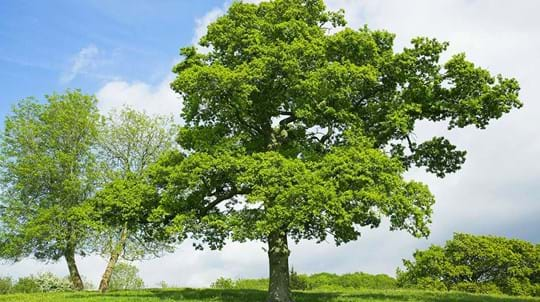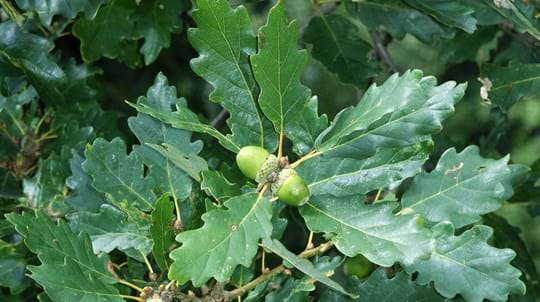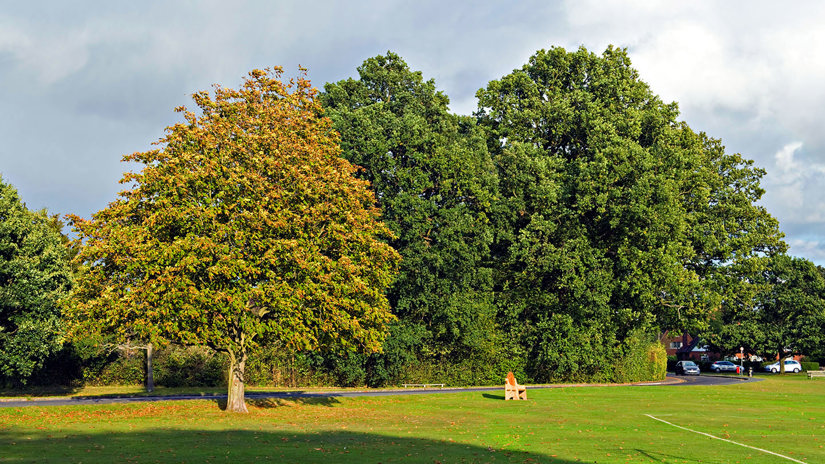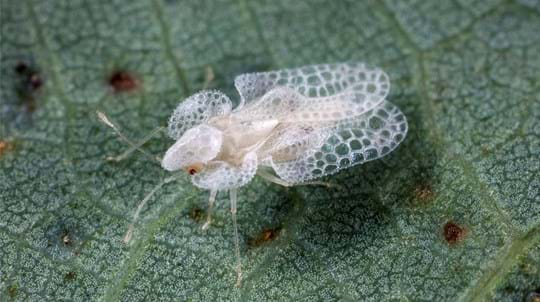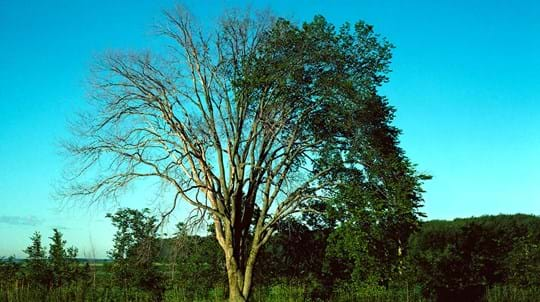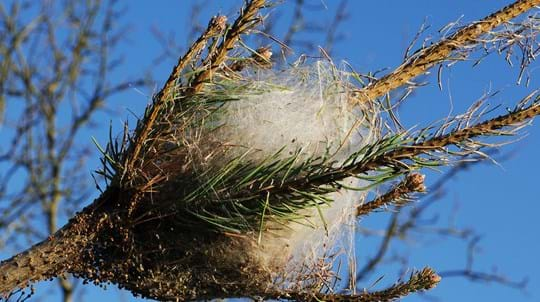
Credit: Blickwinkel / Alamy Stock Photo
What does it do to the tree?
There is one generation of oak processionary moth per year. The caterpillars hatch in spring and go through several instars, eventually developing the irritating hairs. The caterpillars descend lower down the tree as they develop, stripping the tree of its leaves as they go, leaving it vulnerable and weakened.
In summer, they retreat into nests and pupate. The adult moths emerge in late summer, living for only four days in order to mate. The female lays her fertilised eggs high in the tree canopy and the cycle begins again.







